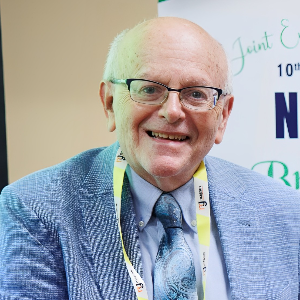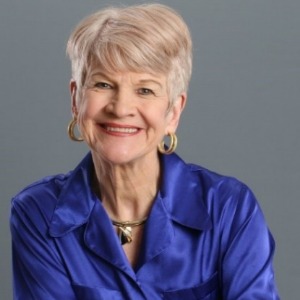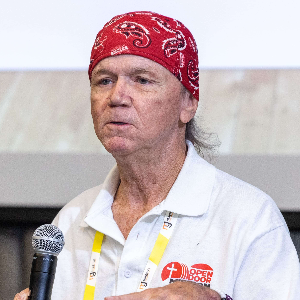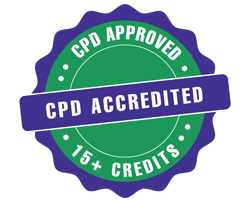CNS Stimulants
Central nervous system stimulants, or CNS stimulants, are drugs that excite the brain and quicken both physical and mental processes. They raise blood pressure, heart rate, and respiration rate, which all result in an increase in energy. The majority of CNS stimulants have a broad activity that, at high dosages, might cause convulsions. CNS stimulants, like CNS depressants, are significant as addictive substances and have a variety of therapeutic applications. It is a strong convulsant that is an alkaloid that originates from the seeds of Strychnic nonvoiced. Reflex, tonic-colonic, and symmetrical convulsions occur. Since the dosage that causes convulsions in the spine and intact animals is the same, it has been classified as a spinal convulsant; nevertheless, it really activates the entire cerebrospinal axis. Strychnine works by obstructing the inhibitory transmitter glycine's ability to cause postsynaptic inhibition. This Renshaw cell-motoneuron connection in the spinal column, via which antagonistic muscles are inhibited, is one of the locations that has been well shown. Any transmitter becomes extrapolated as a result of the loss of neurotransmission inhibition, leading to perceptible excitation and convulsions.

Nile Stanley
University of North Florida, United States
Ann Marie Leonard Zabel
Curry College, United States
Edie Raether
NeuroShifts and Wings for Wishes Academy, United States
John Michael Weber
Open Door Mission in Houston Texas, United States
Owonaro Peter
Bayelsa State Drug Avuse Addiction Prevention and Rehabilitation Committee (BADAPARC), Nigeria
Sindu Padmanabhan
Bharathiar University, India




Title : Integrating bibliopoetry therapy and digital health technologies for inflammation management: A neuropsychosomatic perspective
Nile Stanley, University of North Florida, United States
Title : Evaluation of prevalence and pattern of tobacco use in yenagoa city in bayelsa state south of nigeria
Owonaro Peter, Bayelsa State Drug Avuse Addiction Prevention and Rehabilitation Committee (BADAPARC), Nigeria
Title : Engaging learners through gamification, creativity, and human-centered design
Tero Moliis, Versantium, United States
Title : Neuropharmacological and regulatory drivers of tianeptine misuse in the united states: A growing public health concern
Darcy Tocci, NSU College of Pharmacy, United States
Title : Awakening sovereignty within: Healing trauma, releasing codependency, and returning to self-trust
Whitney Walker, Mental Health Therapist/ Podcast Host, United States
Title : You can save a life: Real conversations, real solutions for suicide prevention
frank King, The Mental Health Comedian, LLC, United States